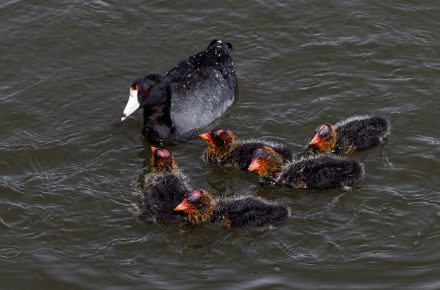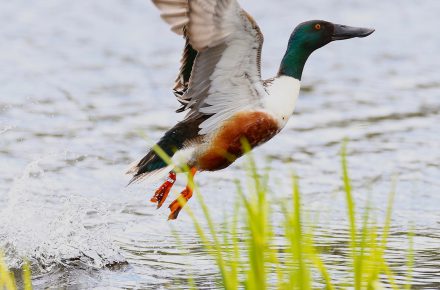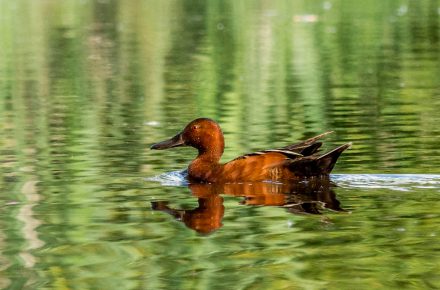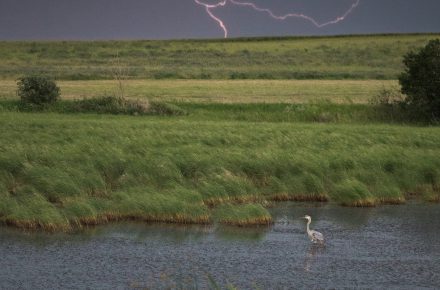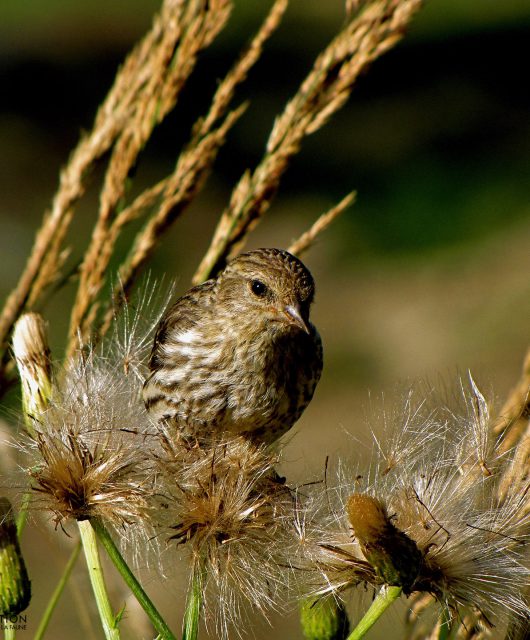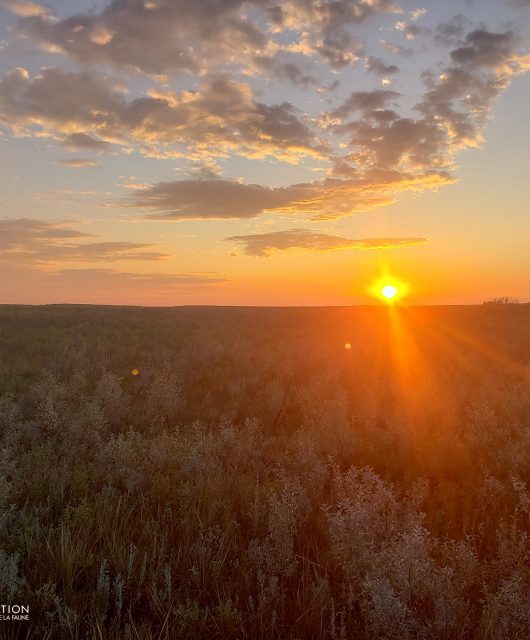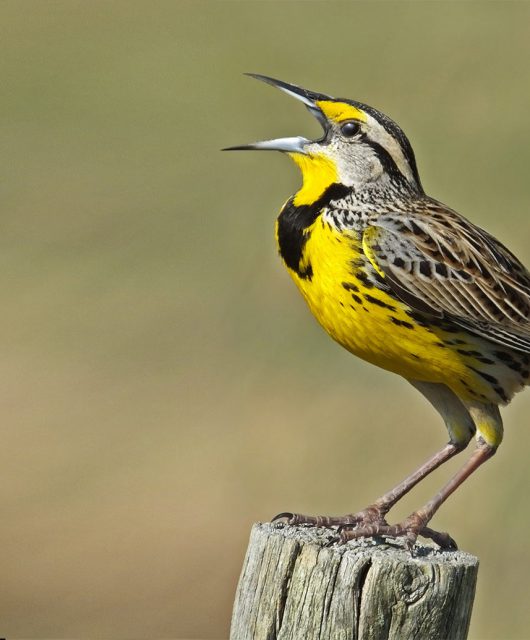Home on the range, where the … ducks … and the antelope play?
In A Sand County Almanac, that classic of natural history published in 1949, Aldo Leopold describes the Great Plains of North America as a “duck factory.” It’s a strange way of describing what is commonly thought of as a dry ecosystem, but completely appropriate. The reason is due to the incredible — almost industrial — pace at which ducks are “manufactured” on the prairies.
The secret to this success is not the grasslands per se. The key is the unique, post-glacial geography that has left a terrain pockmarked with small, runoff-filled ponds known as potholes. These small wetlands are typically fringed in aquatic plants and thick shrubs. They make ideal nesting habitats for several dozen species of duck, coot, goose, grebe and heron. This prairie pothole region is the spring destination for millions of migrating waterfowl that have spent their winters along the coastal Gulf of Mexico and the Atlantic Ocean and other points south.
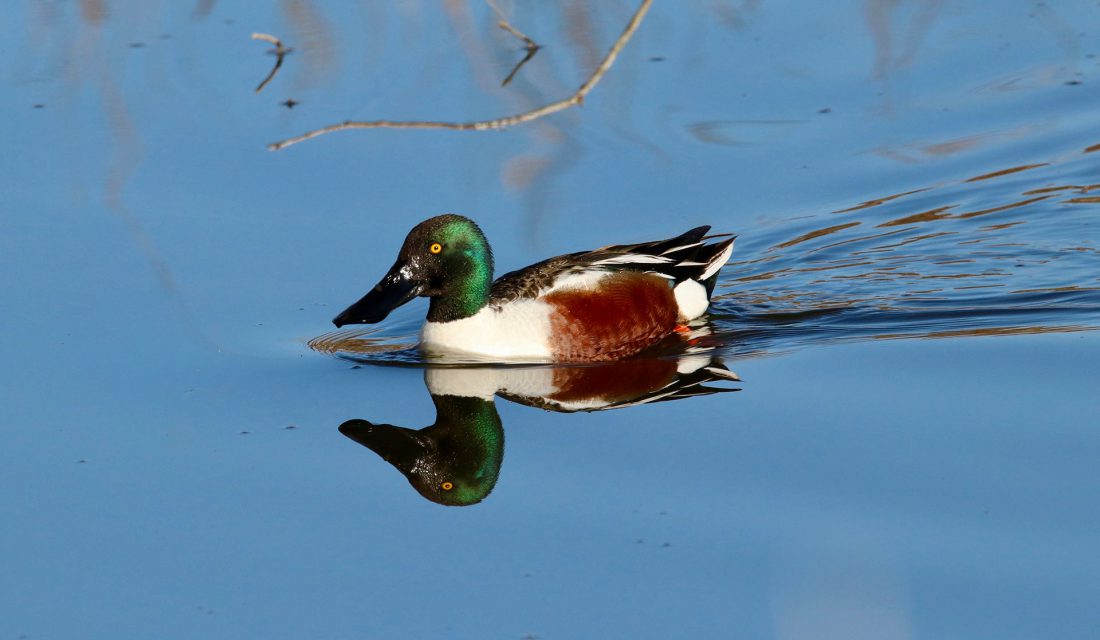
The conservation of prairie wetlands is one of the world’s most enlightening success stories. Decades of monitoring and research demonstrating declines in pothole habitat and waterfowl populations prompted a coalition of conservationists, landowners, Indigenous communities and hunting groups to pressure policy makers and politicians across North America to take action. They signed an international Waterfowl Management Plan and, in Washington, D.C., passed the North American Wetland Conservation Act. These key policy points energized thousands of actions across the Great Plains. In the roughly 35 years since, waterfowl have made a remarkable recovery becoming the only group of birds with increasing population trends in Canada.
“Waterfowl have made a remarkable recovery, becoming the only group of birds with increasing population trends in Canada.”
~ John Wilsmhurst
What does this mean? The Prairie Duck Factory is back in full production.
Travel through the prairies these days and you will be treated to a visual feast of Pintails, Shovelers, Teals and Wigeons. Stop next to a pothole, swollen with winter snowmelt and spring runoff, and listen to the rusty song of Yellow-headed Blackbirds and watch as a flotilla of Cinnamon Teal ducklings emerge from the cattails. Overhead, a pair of Northern Shovelers wheel, descend and plough to a stop in the murky prairie water. As a rancher’s machinery kicks up dust in the distance, a Redhead Duck disappears beneath the pothole’s surface ripple, looking for a pond-bottom meal of plants and insects.
Thanks to groups of visionary and passionate people just like you, the Prairie Duck Factory is a very busy place, churning out quackers twenty-four/seven. Conservation successes are possible. The Canadian Wildlife Federation continues to advocate for the conservation of grasslands, ranchlands and wetlands in the Prairie Pothole region.

